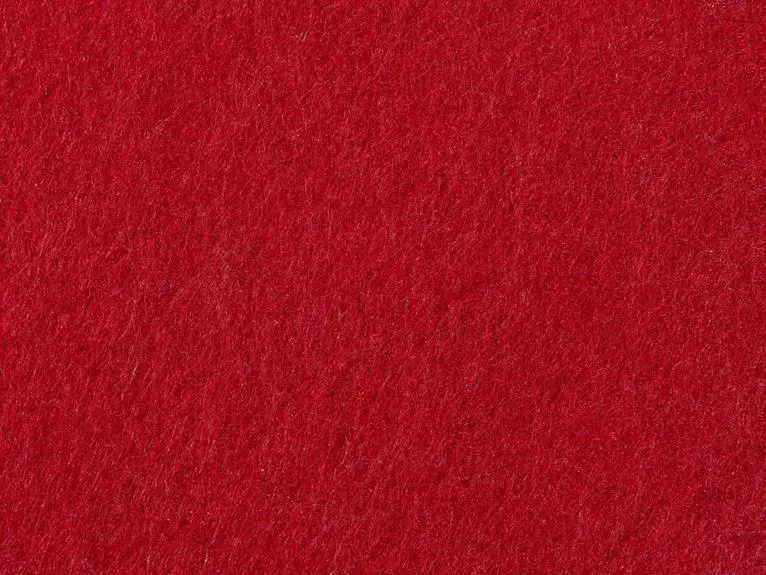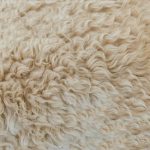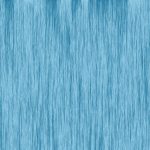You've likely admired the delicate charm of Dotted Swiss, but have you considered the possibilities of blending it with other fibers? This strategy can enhance its properties, providing benefits such as increased durability or a richer drape. By combining Dotted Swiss with materials like cotton, polyester, or even silk, you can potentially transform its performance and aesthetic. Yet, the real question is, what unique characteristics can these fiber blends offer, and how might they change your approach to fabric design?
Table of Contents
Overview of Dotted Swiss Fabric
Dotted Swiss fabric features a delicate, lightweight quality that adds a charming texture to various garments and home decor items. It's characterized by its small, raised dots, usually made from cotton or polyester, which create a fun visual contrast against the sheer background.
You'll find that it's often used in dresses, blouses, and children's clothing, as the fabric embodies a sweet, youthful appeal. When you handle Dotted Swiss, you'll notice its breathability and softness, making it a great option for warm weather apparel.
Whether you're using it for a chic summer dress or a light curtain, the fabric drapes elegantly, enhancing any creation you have in mind. Dotted Swiss also holds dye well, so you can find it in a variety of colors, allowing you to personalize your projects.
Caring for Dotted Swiss is relatively simple—typically, it's machine washable, though you might want to avoid harsh detergents that could impact its texture.
As you explore this fabric, consider how its unique qualities can elevate your designs, offering both style and comfort. Dotted Swiss really is a go-to choice for an array of creative endeavors!
Benefits of Fiber Blending
Combining different fibers can enhance the properties of fabrics like Dotted Swiss, resulting in unique textures, improved durability, and greater functionality for a wide range of applications. When you blend fibers, you tap into the strengths of each material, creating a versatile fabric that meets your specific needs.
For instance, blending Dotted Swiss with synthetic fibers can boost its durability, making it ideal for everyday wear, while still retaining its delicate aesthetic. This mix can also enhance wrinkle resistance, ensuring that your garments look fresh and polished all day. You'll appreciate how added elasticity can improve the fit and comfort of your fabric.
Moreover, fiber blending often allows for better moisture-wicking properties. By combining fibers that absorb moisture with those that dry quickly, you can create a fabric that's both breathable and functional, perfect for activewear or warm climates.
Additionally, blending can introduce new color choices and patterns, giving you more creative possibilities in your design.
Ultimately, by choosing to blend fibers, you not only enhance the qualities of Dotted Swiss but also expand its use across different styles and functionalities, making your textiles more adaptable and appealing.
Common Fiber Combinations
What fiber combinations are most popular for enhancing the qualities of fabrics like Dotted Swiss? You often see cotton blended with polyester, as this duo is a classic choice. Cotton brings softness and breathability, while polyester adds durability and resistance to creasing. Together, they create a lightweight fabric that maintains the charm of Dotted Swiss while improving performance.
Another popular combination is Dotted Swiss with linen. Linen's natural texture contributes a rustic appeal, and its breathability works well for warmer weather. This blend can give you a unique look while ensuring comfort.
Silk, on the other hand, can elevate Dotted Swiss into something luxurious. Mixing silk with Dotted Swiss creates an elegant fabric that drapes beautifully and adds a subtle sheen. This blend is perfect for special occasions or garments that require a touch of sophistication.
Lastly, some folks enjoy blending Dotted Swiss with rayon. This combination offers a soft feel and unique drape, making it great for flowing dresses.
Impact on Fabric Characteristics
Blending Dotted Swiss with other fibers impacts its texture, drape, and overall performance, enhancing its appeal for various applications.
When you combine Dotted Swiss with lightweight cotton or polyester, you can achieve a softer feel that still maintains the iconic dotted effect. This blend tends to improve the breathability of the fabric, making it ideal for summertime garments like blouses and dresses.
Moreover, adding fibers like silk or rayon can elevate the drape, offering a luxurious flow that enhances elegant designs. You'll notice how these combinations can also increase the fabric's sheen, making it more visually appealing.
Conversely, blending with heavier materials like linen or wool may result in a sturdier fabric, suitable for structured garments or home décor items.
Consider the performance aspects too; blended fabrics can be more durable, increasing longevity and wearability. The added strength from other fibers can also contribute to the fabric's resistance to wrinkles and shrinkage, which means less maintenance for you.
Ultimately, the right blend can transform Dotted Swiss into a versatile option suitable for a wider range of styles and uses.
Tips for Blending Dotted Swiss
When you're looking to enhance Dotted Swiss, consider specific tips for blending it with other fibers to achieve your desired texture and performance. Blending can be a gratifying process, but it takes a bit of knowledge to do it right. Here are some tips to guide you:
Choose Compatible Fibers: Opt for fibers that complement Dotted Swiss, like cotton for softness or polyester for durability.
Adjust Weave Structure: Playing with different weave patterns can maximize the unique dot feature while improving fabric strength.
Experiment with Ratios: Start with small samples to find the best blend ratio. A classic mix is 70% Dotted Swiss and 30% of the chosen fiber.
Test Care Instructions: Be mindful of how blended fabrics react to washing and drying. Always wash before finalizing your choice to prevent issues later.
Frequently Asked Questions
What Is the History of Dotted Swiss Fabric?
Dotted Swiss fabric dates back to the 19th century. You'll find its origin in Switzerland, where artisans created this lightweight cotton with tiny embroidered dots, making it a popular choice for children's clothing and summer dresses.
Is Dotted Swiss Suitable for Outdoor Garments?
Dotted Swiss isn't ideal for outdoor garments due to its lightweight and delicate nature. You'd find better options in sturdier, more weather-resistant fabrics that handle the elements while still providing comfort and style.
Can Dotted Swiss Be Machine Washed?
Yes, you can machine wash Dotted Swiss, but use a gentle cycle with cold water. It's best to place it in a mesh bag to prevent snags. Always check the care label for specific instructions.
What Patterns Pair Well With Dotted Swiss?
When pairing patterns with dotted swiss, consider stripes, florals, or geometric designs. They'll complement the textured look, adding depth to your outfits. Just make sure the colors coordinate well for a cohesive appearance.
How Does Dotted Swiss Compare to Other Textured Fabrics?
Dotted Swiss has a unique texture, offering a delicate and playful look. Compared to other textured fabrics, it's lighter and airier, providing a charming alternative for layering or adding visual interest to your outfit.
- How Does Ring Spun Cotton Affect Garment Fit and Shape Retention? - August 13, 2024
- What Are the Challenges in Producing Ring Spun Cotton? - August 13, 2024
- Is Ring Spun Cotton Suitable for Plus-Size Clothing? - August 13, 2024







